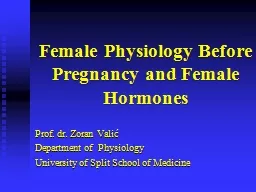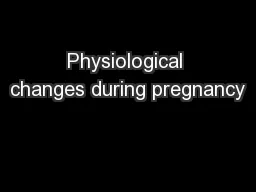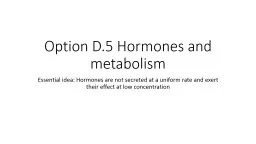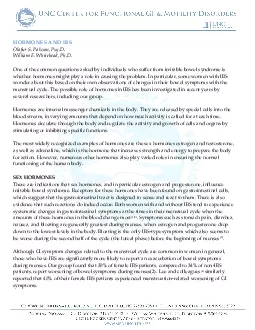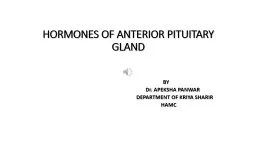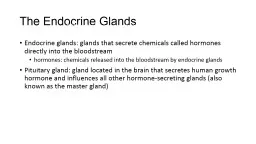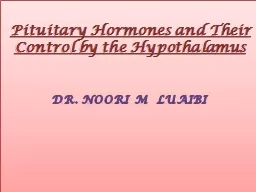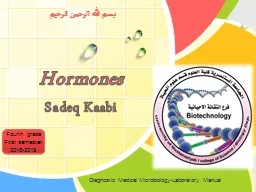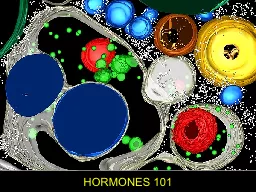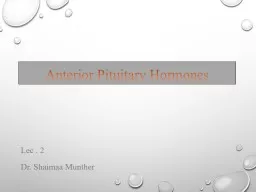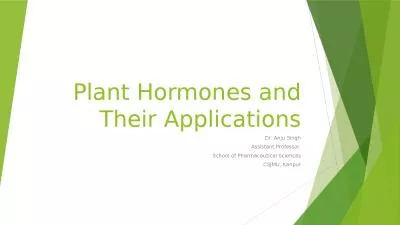PPT-Female Physiology Before Pregnancy and Female Hormones
Author : marina-yarberry | Published Date : 2015-12-01
Prof dr Zoran Vali ć Department of Physiology University of Split School of Medicine Physiologic Anatomy during all reproductive years of adult life 13 and 46
Presentation Embed Code
Download Presentation
Download Presentation The PPT/PDF document "Female Physiology Before Pregnancy and F..." is the property of its rightful owner. Permission is granted to download and print the materials on this website for personal, non-commercial use only, and to display it on your personal computer provided you do not modify the materials and that you retain all copyright notices contained in the materials. By downloading content from our website, you accept the terms of this agreement.
Female Physiology Before Pregnancy and Female Hormones: Transcript
Download Rules Of Document
"Female Physiology Before Pregnancy and Female Hormones"The content belongs to its owner. You may download and print it for personal use, without modification, and keep all copyright notices. By downloading, you agree to these terms.
Related Documents

